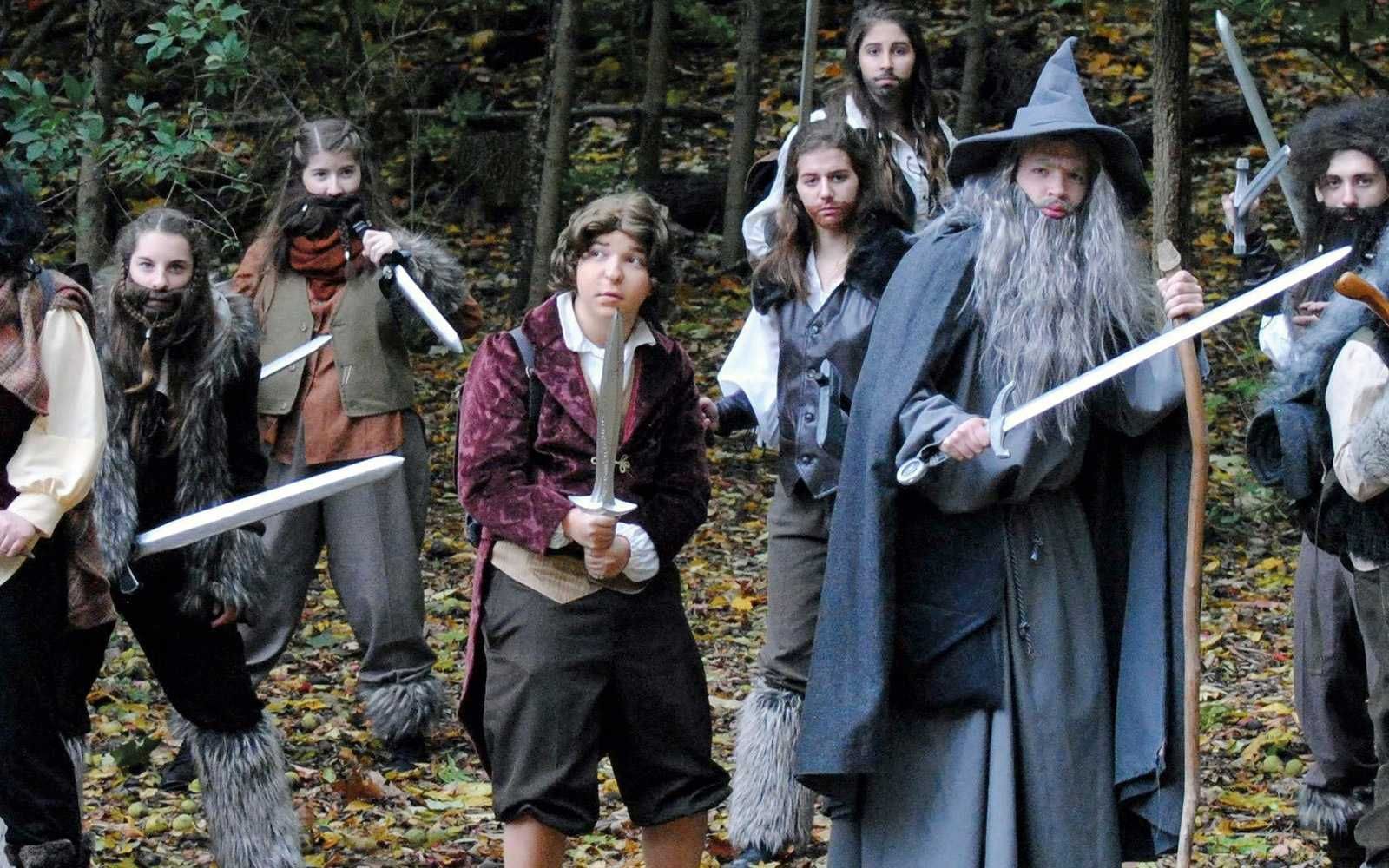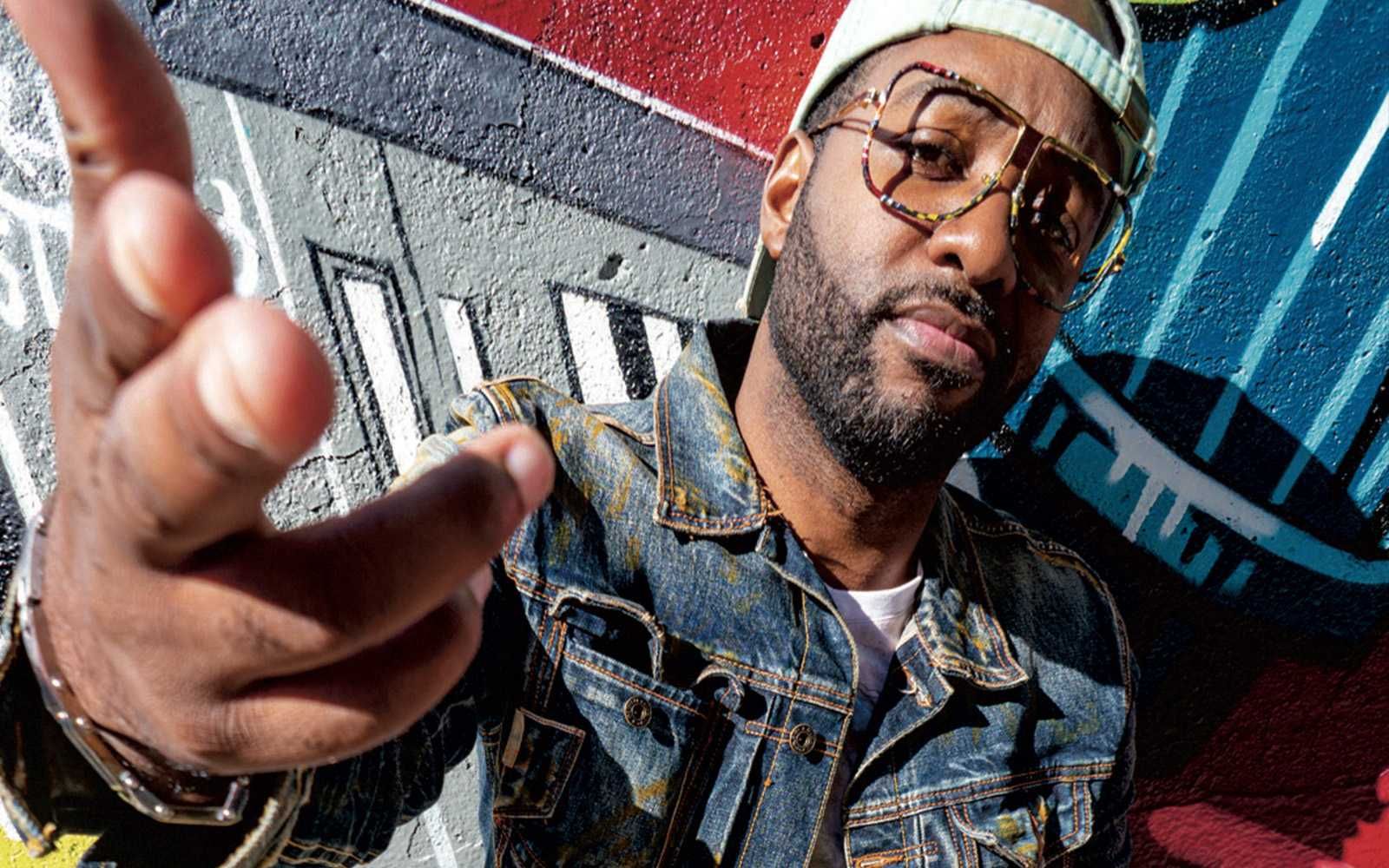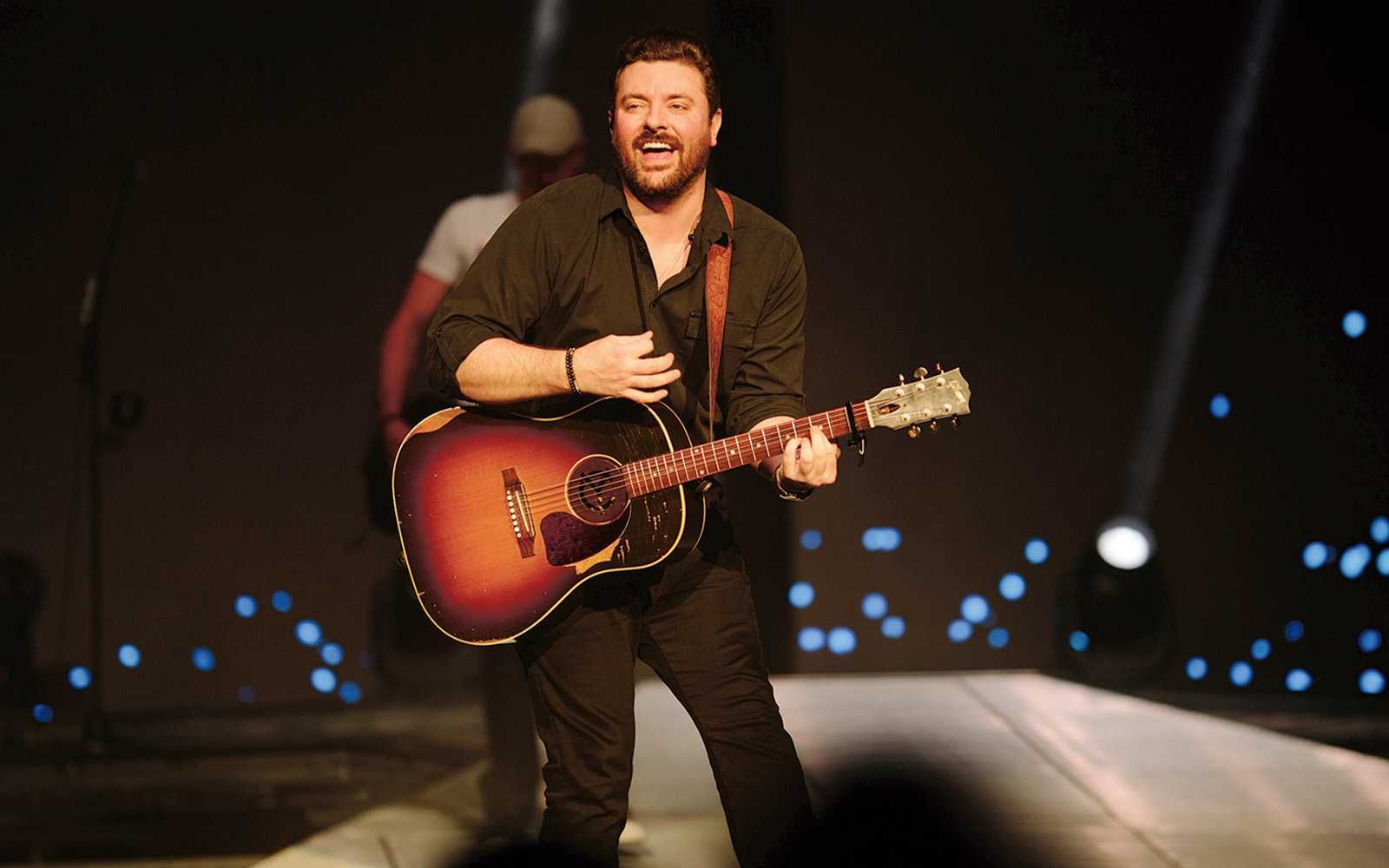There are several stage adaptations of J.R.R. Tolkien’s The Hobbit, but only one that was approved by the author himself.
It was published in 1967 by dramaturge Patricia Gray. Tolkien died in 1973.
The novel had to be scaled down and scaled back considerably for the stage, but a Milwaukee director named Jeff Frank thought he knew why Tolkien approved of Gray’s version.
“It doesn’t contain every element of the journey,” he told the Milwaukee Journal Sentinel years ago. “But it does have the heart of the novel: Bilbo’s personal journey from being a simple hobbit with simple dreams to one who … was capable of more than he knew.”
Translating to the stage
Now, Gray’s adaptation is coming to a Fort Wayne stage. Fire & Light Productions staging of The Hobbit will happen Nov. 22 and 23 in the Canterbury High School auditorium.
The director on The Hobbit is Mary Beth Frank (no relation to the aforementioned Jeff), who had a career in theater in Indianapolis before she was brought to Fort Wayne by her husband’s occupation.
Frank said many of the more ostentatiously fantastical elements of Tolkien’s book are not reproducible on stage for most theater companies. Gray and Tolkien were sensitive to this.
“There are things that out of necessity had to be cut like the eagles and the spiders,” she said. “It’s very difficult to do. But (Gray) did keep alive the characters themselves.”
No CGI, but plenty of fight
One thing neither Gray nor Tolkien could have predicted was the impact on the material of eventual film director Peter Jackson, who was only 6 years old when Gray published her adaptation. Thanks to seemingly limitless budgets and state-of-the-art special effects, Jackson was able to depict everything Tolkien described (and much that he did not describe) when he adapted four of the author’s books for the big screen.
The advantage of this for theater directors is that it has made a lot of potential audience members aware of Tolkien’s material. The disadvantage is that it creates certain expectations regarding the scope and opulence of any stage version of that material.
Frank has nothing in her arsenal that approximates the films’ computer-generated imagery, but she has other strategies for making the stage version exciting for patrons.
For example, she engaged the services of a certified fight choreographer to punch up fight scenes.
“Some of the fight sequences were not meant to be as in depth as we’re making them,” Frank said. “So we took that opportunity to use a little creative license. We turned the goblin fight into a really big fight sequence.”
Frank said the choreographer also worked on the climatic Battle of Five Armies.
And Smaug, The Hobbit’s gold-hoarding dragon, is very much a part of this stage version, thanks to the talents of a cosplay artist and puppet builder.
Patrons can expect a dragon head “the size of a car hood,” Frank said.
The performance of Smaug will be further articulated by an actor named Stewart Atkins who will be dressed in the same fabric that was used to make the puppet, she said.
“He will be the embodiment of Smaug,” Frank said. “He comes out and does the voice and some of the physical things. We’re connecting the movement of the puppet with his movements.”
Gollum, the debauched and dissipated Hobbit played so memorably in the films by Andy Serkis with the help of dozens (if not hundreds) of computer animators, will be memorable in the Fire & Light version as well.
“We took a … body suit and painted it to look like dirty, weathered skin,” Frank said, “painted ribs and a spine on the suit, glued hair to the hood, and used Pinterest to learn how to do the makeup. His hands and feet will be painted to match the suit.”
The actor, John Hanson, worked with a dialect coach to make Gollum’s distinctive voice both creepy and comprehensible, she said.
“I worked with him on movement and we created some great moments in the scene where Gollum’s physicality peaks,” Frank said.
The Highs and lows
Tolkien’s worlds are filled with characters (and bipedal species) of wildly varying heights.
Jackson often employed a cinematic technique as old as cinema called forced perspective to depict these height differences.
Frank tried different things.
“We cast our taller kids as the main elves,” she said. “Our Bilbo is only 5’5”, so he just fits the part perfectly. We were trying to build platforms for the trolls to walk on, but they kept breaking, so we cut that because we didn’t want anyone to get hurt. Definitely a trial-and-error kind of show.”
The show does have one six-foot-tall dwarf, but Tolkien was nothing if not appreciative of such genetic (and magical) curveballs.
Tolkien was also a devout Catholic who did not believe in obvious religious allegories in fiction but who did say that his great works were influenced by his faith.
 Submit Your Event
Submit Your Event


